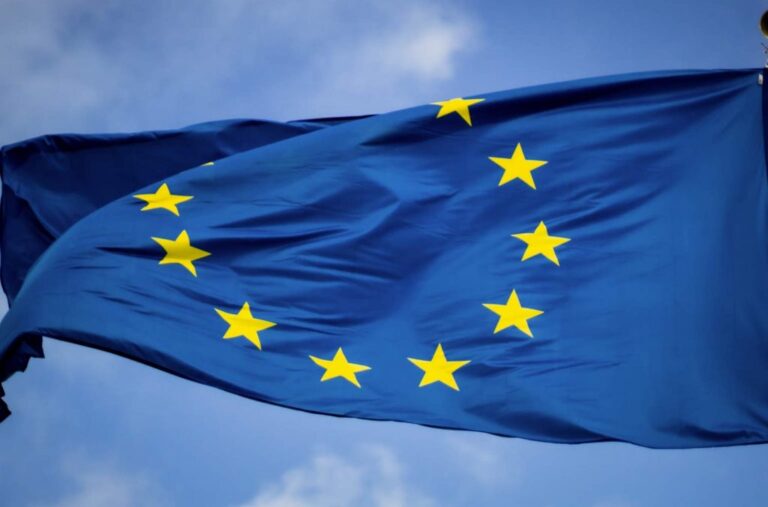
Morning Brief – Andy’s Outlook
The Bank of England had an earlier than usual monetary policy decision this morning. The decision to move the announcement forward to 7am, apart from demanding that the market gets up earlier to monitor how the decision unfolded, also indicated unofficially that the decision was unlikely to introduce policy measures of any great significance. The meeting was also the opportunity for the monetary authority to take stock of the economic outlook for the United Kingdom ahead of the government’s decision on the lockdown due this weekend.
What was delivered this morning was at face value a savage assessment of the UK economy. However, in the context of Coronavirus and in comparison to much of the rest of the developed world the economic forecasts should leave a sense of great optimism. Bank of England Governor Andrew Bailey when offering his base case for the UK economy painted a picture where UK GDP may decline by 14% in 2020. Under this “illustrative scenario” the unemployment rate doubles to 8%. This compares with forecasts in the United States for near 20% unemployment and comparable GDP forecasts. The relative stability in employment is what we and the Pound source optimism from this morning. Largely due to considered fiscal measures including the government’s furlough program, UK workers are unlikely to be made inactive in the labour force to the extent we see elsewhere in the developed world.
These policies and its global economic projections allowed the Bank to suggest a 15% GDP growth rate in 2021. That would still leave the UK economy 1.1% smaller two years from now but the favoured recovery is certainly V-shaped in the Bank’s eyes. What’s more interesting still is that the Monetary Policy Committee’s variable with the largest deviation is business investment. This suggests that the response of business to the crisis will have perhaps the largest impact upon the variable path of the economy and the Chancellor would do well to improve the loan offerings to business as we saw last week.
The overarching picture and assumption in what the Bank proposed this morning is that it expects unemployment and GDP to return to pre-virus levels in 2021. Unless a vaccine is created or a perfect testing schedule followed then we should anticipate a level of social distancing to endure. The scenarios proposed by the Bank will therefore largely rely upon medical developments.
In line with their sanguine assessment the Bank held interest rates at 0.1%. The Quantitative Easing plan was held at a target level of £645bn. The bank still has considerable headroom before it reaches the limits of the current plan in place and the majority decision reflects the MPC keeping the powder dry for a more rainy and volatile day. There were two members of the committee however that voted for an immediate £100bn increase in the program. The Pound moved higher on the announcement gaining support from Andrew Bailey’s forecasts. Gains will however be limited given the decimation of the yield curve caused by the virus and the Bank’s severe actions in the past week.
Discussion and Analysis by Charles Porter

Click Here to Subscribe to the SGM-FX Newsletter
Related Insights

Daily Brief – One in three
One in three Until recently, the market had held the probability of a rate cut at the Bank of England’s November meeting at near zero. Above-target inflation and insufficient evidence of faltering economic growth alone suggested the BoE would continue to adopt a wait and see approach. Combine that with the uncertainty of the UK […]

Daily Brief – Grinding lower
Grinding lower The key currency pairs of GBPUSD and EURUSD continue their slow but consistent grind lower. This story is not just one of dollar strength but also a rotation away from GBP and EUR, in favour of safe havens. Under performance in global equity markets continues to be a factor behind the market’s general […]

Daily Brief – A glimmer of (European) hope
A glimmer of (European) hope The ECB has made significant progress in cutting rates towards an accommodative level. The Eurozone saw evidence of cooling inflation much sooner than many economies and has been able to respond accordingly, cutting the deposit rate to 2%. The ECB will meet again this Thursday to publish its latest monetary […]



 Charles Porter
Charles Porter